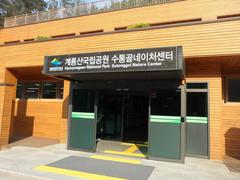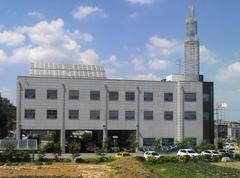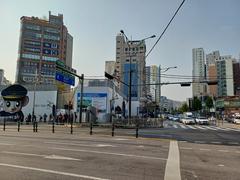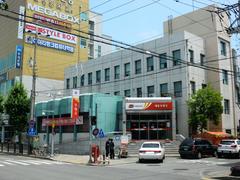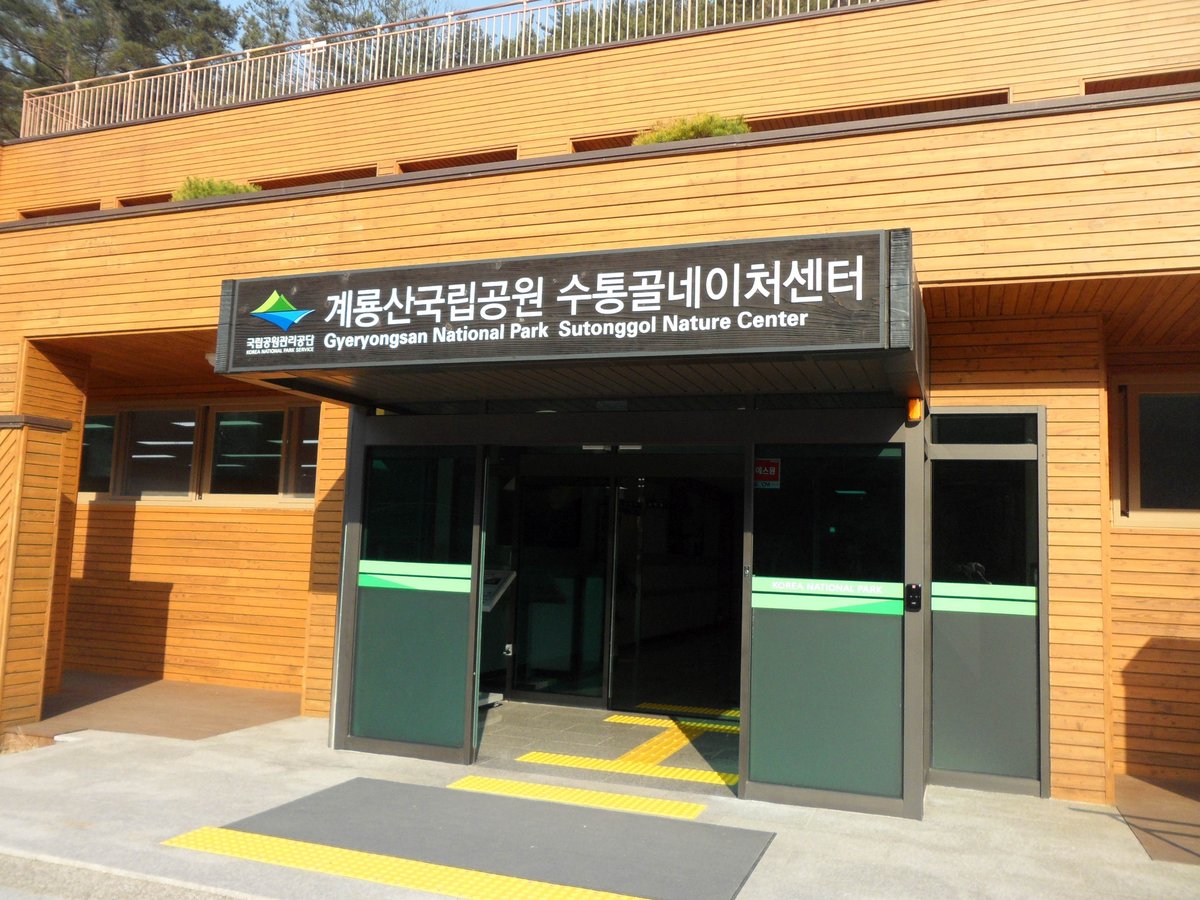
Visiting Donghaksa Temple in Sejong: Hours, Tickets, and Tips
Date: 19/07/2024
Introduction
Donghaksa1-ro, located in the culturally rich city of Sejong, South Korea, is a destination teeming with historical significance and modern attractions. Named after the pivotal Donghak Peasant Revolution, this area not only offers a glimpse into Korea’s tumultuous past but also showcases its vibrant present through well-preserved sites and contemporary developments. The Donghak Peasant Revolution, which began in the late 19th century, was a significant movement aimed at addressing social and economic injustices faced by Korean peasants. The origins of this movement can be traced back to Choe Je-u’s establishment of Donghak in 1860, advocating for social equality and national sovereignty (Donghaksa Temple) (Korea National Park Service) (Sejong Art Museum) (Sejong Convention Center).
Today, the area around Donghaksa1-ro has transformed into a must-visit destination, blending historical landmarks such as the Donghaksa Temple with modern attractions like Sejong Lake Park and the Sejong National Arboretum. Visitors can explore the historical and spiritual significance of the Donghaksa Temple, which provided refuge for rebels during the Donghak Peasant Revolution, and enjoy the serene landscapes of Gyeryongsan National Park. Since the launch of Sejong City as South Korea’s new administrative capital in 2012, significant efforts have been made to preserve the historical and cultural heritage of this area, making it an essential stop for both history enthusiasts and casual travelers alike (Sejong National Arboretum) (Visit Korea).
Table of Contents
- Introduction
- Historical Background
- Donghaksa Temple
- Modern Developments
- Visitor Information
- Cultural Significance and Events
- Preservation Efforts
- FAQ
- Conclusion
Historical Background
Origins and Early History
Donghaksa1-ro is named after the Donghak Peasant Revolution, a crucial event in Korean history that occurred in the late 19th century. The Donghak movement, founded in 1860 by Choe Je-u, sought to address the social and economic injustices faced by Korean peasants. Combining elements of Confucianism, Buddhism, and Korean shamanism, the movement advocated for social equality and the rejection of foreign influence. The revolution led to the Gabo Reforms, which aimed to modernize Korea’s political and social systems.
The Donghak Peasant Revolution
The revolution began in Jeolla Province and spread to regions including what is now Sejong. Key battles occurred near Donghaksa1-ro, where rebels temporarily triumphed against government forces. Although ultimately suppressed with the help of Chinese and Japanese troops, the revolution significantly impacted Korea’s history, leading to increased Japanese influence and the eventual annexation of Korea in 1910.
Donghaksa Temple
Donghaksa Temple, near Donghaksa1-ro, was originally built during the Goryeo Dynasty and has been renovated several times. It played a crucial role during the Donghak Peasant Revolution by providing refuge for the rebels. Today, the temple is a popular tourist destination, attracting visitors interested in its historical and spiritual significance.
Modern Developments
Since the launch of Sejong City in 2012 as South Korea’s new administrative capital, the area around Donghaksa1-ro has seen significant development. Efforts have been made to preserve its historical and cultural heritage, including sites associated with the Donghak Peasant Revolution and Donghaksa Temple.
Visitor Information
- Visiting Hours - Donghaksa Temple and surrounding sites are generally open from 9:00 AM to 5:00 PM. Check official sources for updated visiting hours.
- Tickets - Entrance fees vary but are typically around 3,000 KRW for adults. Discounts may be available for children, seniors, and groups.
- Accessibility - The area is accessible by public transportation. The Sejong Bus Terminal offers connections to major cities, and local buses can take you to Donghaksa1-ro.
- Nearby Attractions - Sejong Lake Park, National Sejong Arboretum, and the Sejong National Library are all within a short distance.
Cultural Significance and Events
The Donghak Peasant Revolution is commemorated through various cultural events and festivals, such as reenactments of key battles, lectures, and exhibitions. These events educate the public about this important chapter in Korean history.
Preservation Efforts
Both government and local communities support efforts to preserve the historical sites around Donghaksa1-ro. Initiatives include the restoration of Donghaksa Temple and the establishment of museums and memorials dedicated to the Donghak Peasant Revolution.
FAQ
- What are the visiting hours for Donghaksa1-ro?
- Donghaksa1-ro sites are generally open from 9:00 AM to 5:00 PM, but it’s best to check official sources for the most current information.
- How much are the tickets?
- Entrance fees are usually around 3,000 KRW for adults, with discounts available for children, seniors, and groups.
- What other attractions are nearby?
- Nearby attractions include Sejong Lake Park, National Sejong Arboretum, and Sejong National Library.
Conclusion
Donghaksa1-ro in Sejong, South Korea, offers a unique blend of historical significance and modern development. With its rich history, cultural events, and preservation efforts, it remains a testament to Korea’s struggle for social justice and national sovereignty. Visit Donghaksa1-ro to explore its past and present, and experience the cultural heritage that continues to thrive in this vibrant area.
